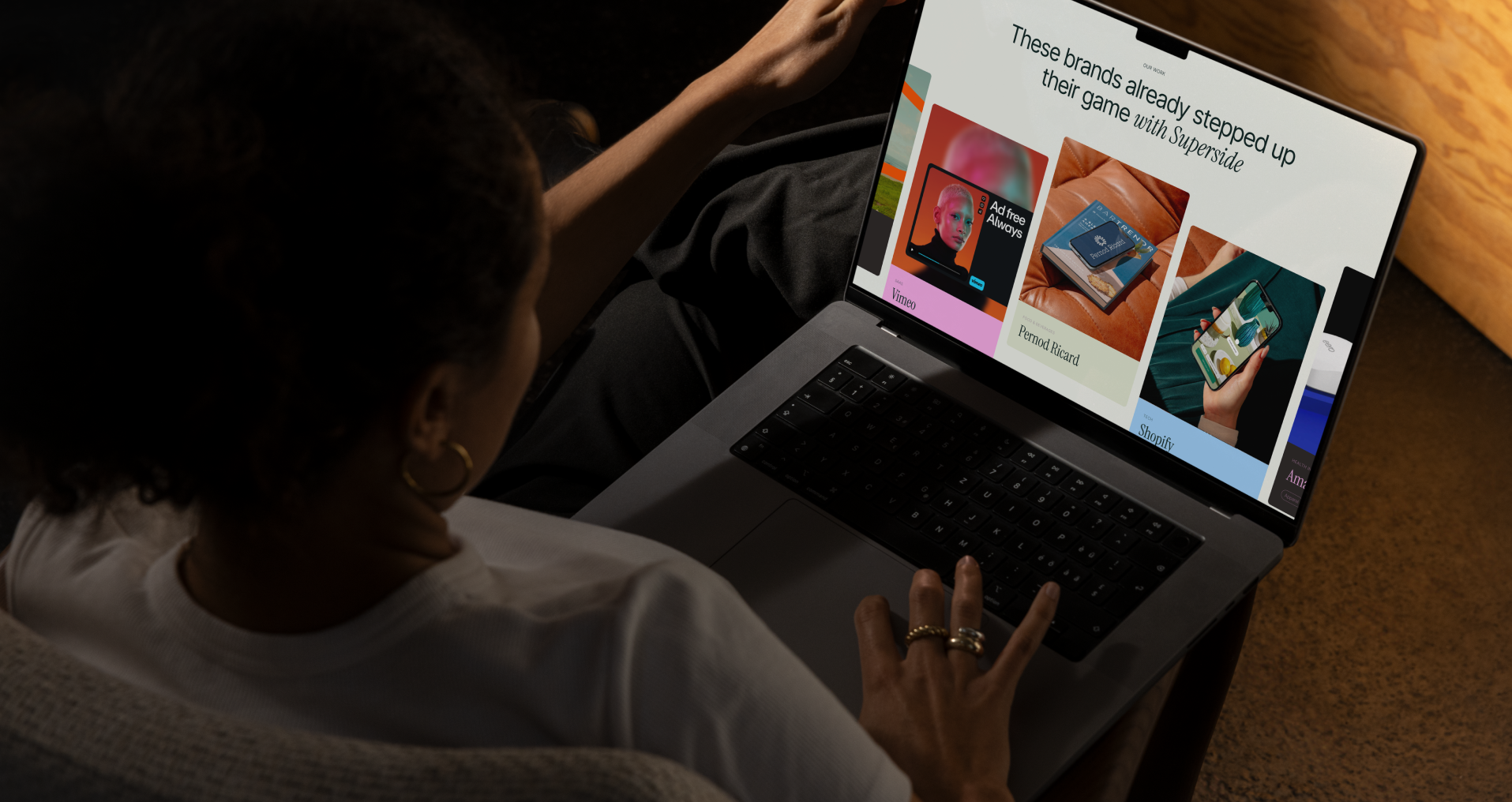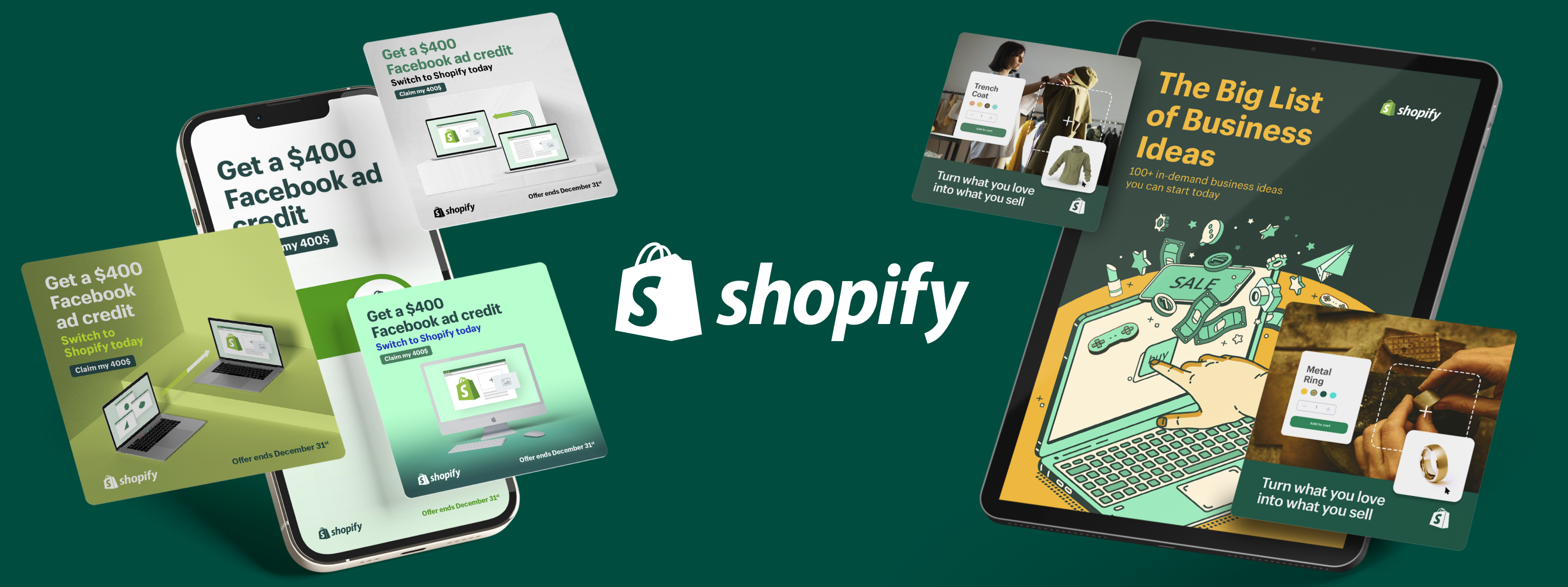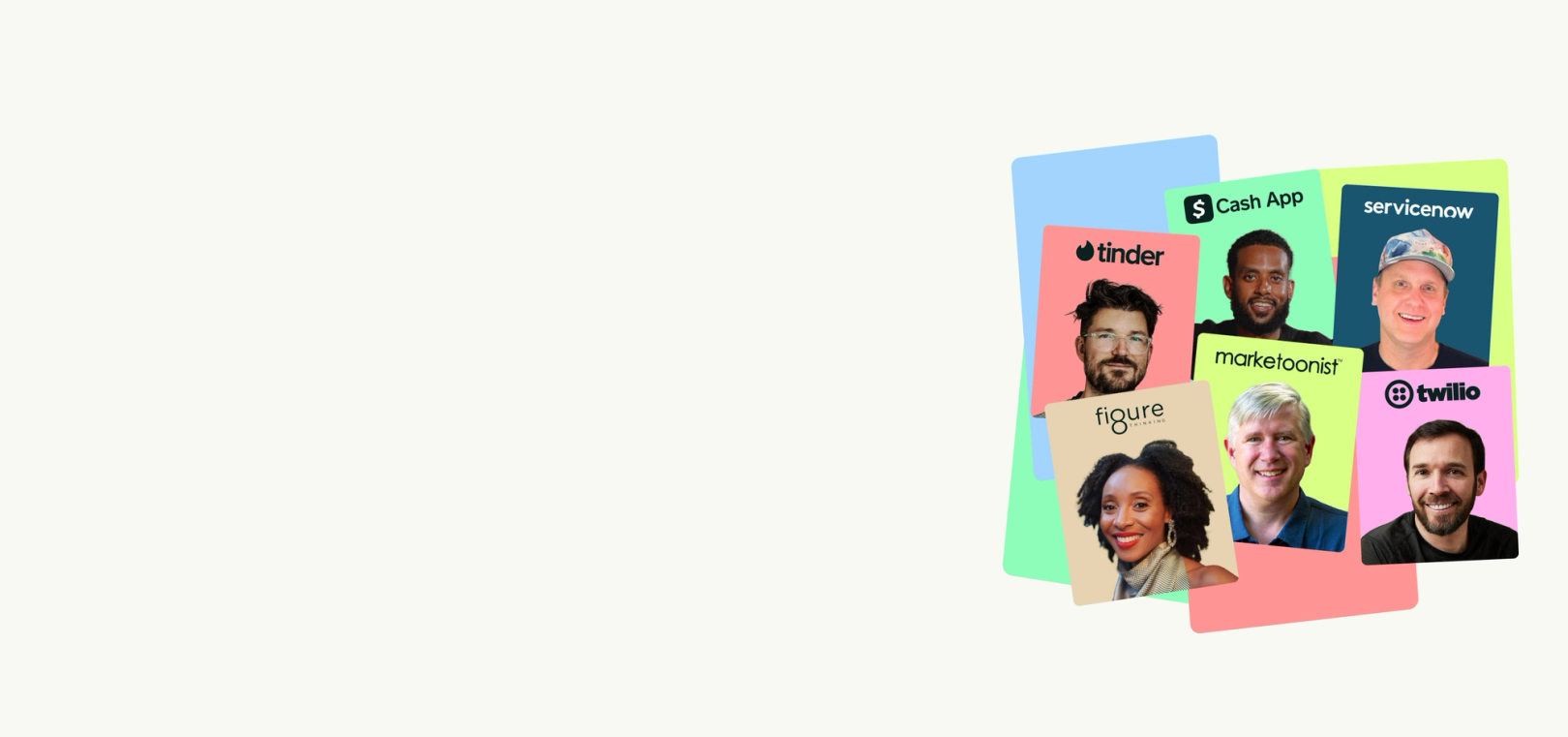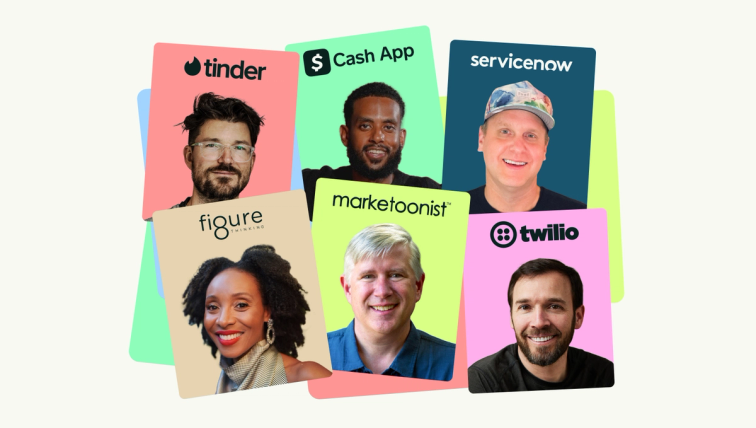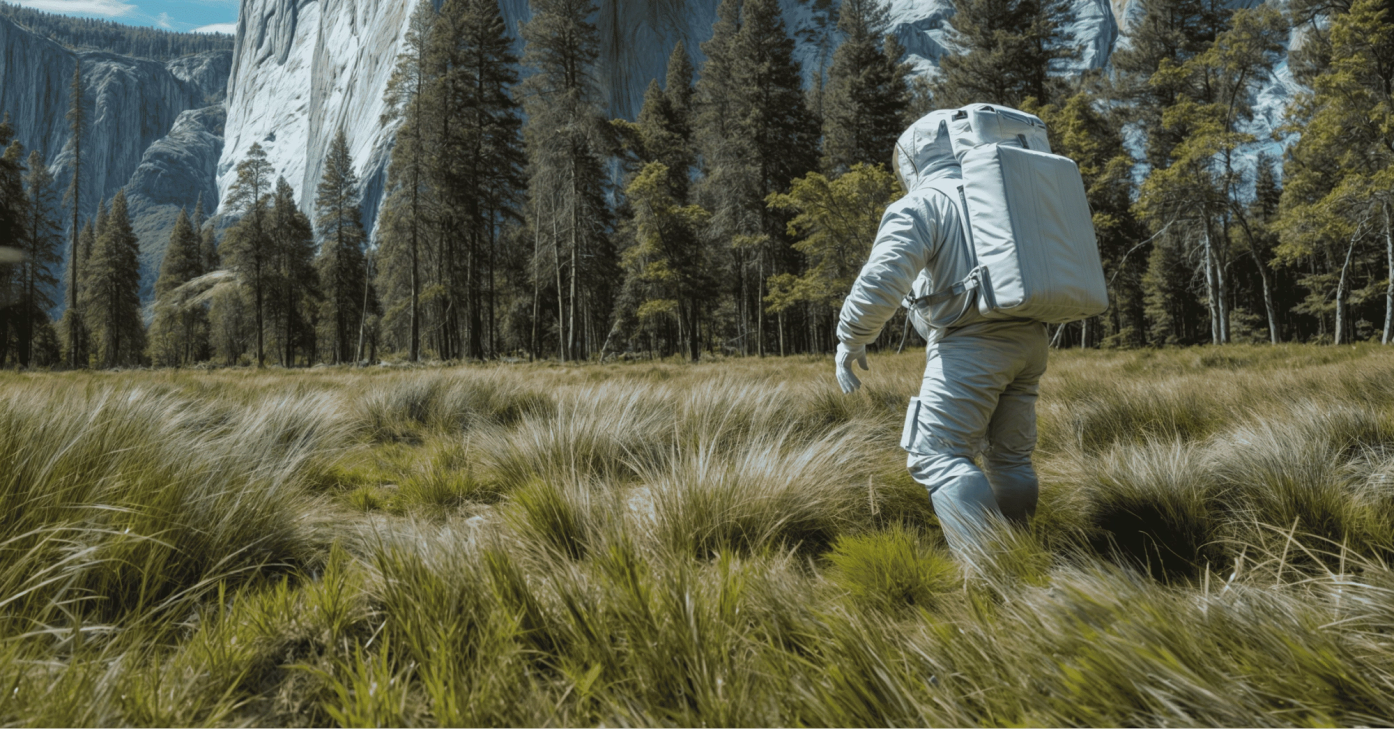The creative power of data: How to go beyond numbers

Analysis paralysis is never something you want your creative team to experience. But with so much data-driven demand for marketing, how can creative leaders cut through the noise and give their teams what they need to do their best work? We spoke with two experts to find out.
Over the last ten years, access to marketing data has gone from a slow drip to a virtual tsunami of performance data, social media metrics and marketing analytics. Creative teams are swimming in data—unfortunately, without lifeguards.
We've talked to over 200 creative leaders who, like you, wish data came with a mute button. In our Overcommitted Report, 76% of leaders said they feel burned out, and 78% say the demands on their teams are exceeding their capacity.
The solution? Using data to improve workflows and inspire your team.
The problem? Knowing how to cut through the noise (and the data points) to focus on what matters.
Simply put, it's not how much data you have but what you do with it. We were lucky to have two creative leaders, Malik Sulieman, Creative Director at Cash App, and Ryan Hammill, Creative Director at ServiceNow, join us on our Overcommitted Virtual Summit to share how they pair data and creative insights to reduce burnout and help their teams create fantastic work.
Creativity and data: Friends, not foes
We know what you’re thinking. Data is great. But if we’re designing based on numbers, where does creativity come into play? It’s a valid question. Scroll through Instagram or TikTok, and you’ll see dozens of brands doing the same variation of a trending meme.
Data-driven creativity isn’t about chasing short-term trends. Done right, data uncovers insights. Those insights help your team build campaigns that forge lasting connections.
So, how do you avoid looking the same as everyone else when using data to make creative decisions?
Cut through data noise—find your truth.
Hammill says the first step is understanding the importance of differentiation when you’re interpreting and applying data in your creative projects. This step identifies the unique insights that relate to your customer’s needs and motivations.
First-party data—from surveys to custom analytics—can give you the insights that help your design plans stand out from other brands. Hammill used SUVs as an example. Almost every SUV on the lot today looks the same, whether it’s a Honda, Toyota or Volkswagen. They’ve been optimized for the same wind tunnel test.
Breaking out of this takes finding the “human truth” of your customers. It’s what makes your brand authentic and sets you apart from your competitors.
If you want to understand your customer, you need to zig when others are zagging. You need to find the kernel of truth that differentiates. That's where you find the starting point. If you're able to do that, then you're able to tell a great brand story.

Effective differentiation in creative work takes a deep understanding of your customer—not just broad data insights.
Trust your gut, verify with data.
Making data-driven creative decisions doesn’t mean you have to ignore your instincts. In the webinar, Hammill shared an example from his time as the principal creative director at Amazon Web Services (AWS). His team decided to advertise during Formula One (F1) races—even though their data told them not to.
Hammill acknowledged that “data would say don’t do this on television,” but despite the conventional wisdom, they went ahead with it anyway. “What wound up happening,” he explained, “was deal velocity going up, and our global expansion—particularly in EMEA and APAC where F1 has great penetration—were the highest growing regions in the world.” While the data didn’t initially support the decision, Hammill noted that “the data sure as heck backed us up when we did it.”
It’s not about going with your gut and ignoring the data. Suleiman says your creative intuition is crucial in transforming analytical insights into meaningful, human-centered stories.
I found that really decoupling, stack racking and prioritizing what makes the most sense from the data and the insights for a particular brief is one of the best ways to go down the path of determining what you should listen to and what you shouldn't.
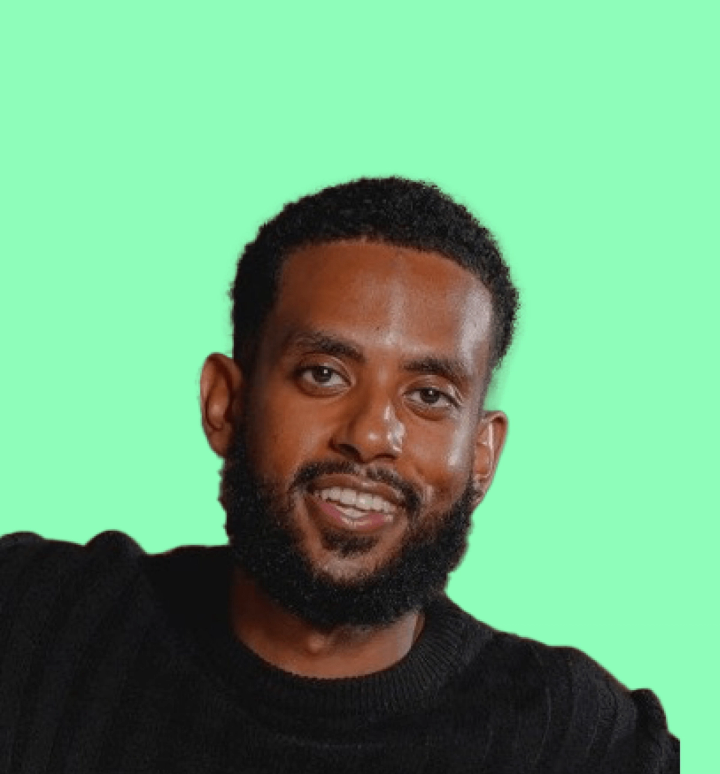
Balancing analytics with intuition means using data as a foundation but trusting your creative judgment to know when it’s the right time to break the rules.
Why ignoring data sometimes works.
If your data says to do what everyone else does, it may be time to get rebellious. Hammill and Sulieman both say there are times when creative leaders should encourage their teams to ignore the data altogether. Data can often lead us to use proven (aka safer) marketing tactics. But those tactics can put your brand into a crowded space with your competition.
Hammill uses Old Spice as an example of strategically ignoring what the data says. Historically, the men’s skincare brand used rugged, masculine imagery like sailors and ships. That was until they learned an important insight—women, not men, were making the purchase decision. He says Old Spice decided to ignore the previous patterns from their data and pivoted to marketing to women. The change in direction led to the creation of “The Old Spice Guy” character, one of the most innovative marketing campaigns in recent memory.
When the data comes back and shows you pointing in the same direction as your competition, that’s data you need to ignore. You’re cannibalizing attention.

Strategically ignoring data is about knowing when and how to challenge established norms and analytical trends. It lets your creative team differentiate your brand and gives you an advantage over the competition.
Myth busting: brand vs. performance marketing myth
The webinar went into MythBusters mode when host Diane Borges, Vice President of Customer Success at Superside, brought up performance marketing. Many marketing leaders look at brand storytelling and performance marketing as competing priorities—but for Hammill and Sulieman, they are deeply interconnected strategies.
Hammill says AirBnB is a perfect example of interconnectedness in action. He says the short-term rental leader has dropped costly mid-funnel marketing to focus on top-of-funnel brand campaigns that resonate emotionally with its customers to drive organic search and engagement.
It’s an approach that Hammill says creates a flywheel where brand awareness feeds directly into short-term marketing efficiency and lower acquisition costs. Hammill explained, "Nobody will be clicking on a thing necessarily for them. They're just going to look them up or they're going to open the app.” For Hammill, it’s creating a one-to-one relationship between what happens at the top of the funnel and the brand that drives performance.
Marketers don't have to spend all this money on programmatic to get people who probably aren't listening to them anyway.

Both Sulieman and Hammill agree that brand storytelling and performance marketing reinforce each other when done right.
When I think about the connection of the two, I think they should be thought about in a holistic perspective. I found that it's the most fulfilling work for the business, but then also, creatively, it allows us to create things that we feel passionate about. We feel confident that once this goes into the world, it'll perform and resonate.

Future-proof your creative teams
The amount of data available to creative teams is only growing larger. We’re talking terabytes of social graph data, analytics, and more. So, how can creative leaders start building the right teams for the future? It starts with creating a culture that combines bold creativity with analytical thinking.
Hire for curiosity, train for adaptability.
Hammill says future-ready creative teams are built around naturally curious and adaptable individuals. Today’s creative professionals need to be in the center of a Venn diagram with “comfortably interpret data” in one circle and “courage and intuition to push beyond it” in the other.
The most important thing is intelligence, which is a factor of curiosity and a willingness to remain open-minded.

For Suleiman, creatives always come to the table with great ideas—and strong opinions. He says it is essential for creative leaders to build a culture of safety in which their teams are encouraged to explore bold ideas and take calculated risks without fear of failure.
Not everything's going to be a win, right? Not everything's going to be sold through. Not every idea is going to get made. But that's just a part of the process of trying to find a thing that works.

Fostering cross-team collaboration.
Delivering the data-driven creative campaigns needed in today’s oversaturated markets requires deep integration between creative and analytical teams. Suleiman says true innovation happens when creatives collaborate closely with marketing analysts, consumer insights experts and data scientists.
I found that the partnership and collaboration with marketing and consumer insights teams to be where that magic is formed. Because we can look at the data, we can look at all these truths, but that consumer truth and understanding the what, the why, the how is so important.

Hammill and Suleiman both say that breaking down silos leads to greater understanding, more meaningful insights and ultimately stronger, more effective creative outcomes.
It’s not just about the creative work. It's about how you do business. It's about how you persuade people.

Future-ready teams aren't just creative—they're strategically integrated to produce exceptional work based on the human truths we can find in creative data (and our guts).
Moving beyond the numbers
Hammill and Suleiman’s insights offer creative leaders clear strategies for how you can use data to fuel creativity:
- Find the human truth first: Start from insights unique to your audience rather than chasing trends.
- Ignore data strategically: Break away from analytics when they lead you toward crowded, predictable paths.
- Bold moves build brands: Embrace calculated risks backed by intuition to create standout marketing.
- Balance intuition with analytics: Use data as a springboard, not a straitjacket, allowing intuition to guide creativity.
- Bridge creativity and analytics: Integrate creative teams deeply with data analysts to unlock fresh, actionable insights.
- Hire curiosity, nurture courage: Create teams that thrive by combining openness to data with bold, imaginative thinking.
What step will you take today to start leveraging data more creatively?
Alex is a freelance writer and newsletter aficionado based in Waterloo, Ontario. When he’s not writing for clients, he’s putting together TL;WR, a weekly culture and events newsletter his mom says is excellent. Alex has worked with some of Canada’s largest tech companies in PR, marketing and communication roles. Connect with him on LinkedIn to chat or get ideas on what to do this weekend in Waterloo.
Tess is a Senior Content Specialist at Superside, where she crafts compelling content for SMBs and enterprise businesses. With over 10 years of experience, Tess has honed her skills writing for both B2B and B2C audiences, working across agencies and in-house creative teams. Her expertise spans industries, including international relations, tech, hospitality, and the music industry, where she has a knack for blending storytelling with strategic insights. When she’s not busy writing, you’ll likely find her curled up with a good book, binge-watching the latest Netflix obsession or hiking.
You may also like these

Enterprise Graphic Design RFP Best Practices (Checklist Included)
For enterprise and mid-market businesses looking to enhance their creative capabilities and scale overall capacity, issuing graphic design RFPs are an essential part of the formalized procurement process for agencies, contractors and other external partners.RFPs create a structured, transparent framework for assessing and comparing service proposals from different outsourced creative partners.As an internal stakeholder, your opening role is to lay out your creative needs and timelines, communicating efficiently to prospective partners exactly what you’re looking for in a business relationship.In turn, these prospective creative service partners are asked to put their best feet forward demonstrating why their capabilities, capacity, skills, tools and scale are the best fit.On average, respondents spend around 30 hours of writing time developing their proposals. While it varies, you can expect to put just as much time into writing your RFP, evaluating the responses, communicating with procurement and selecting the winner of your work and budget.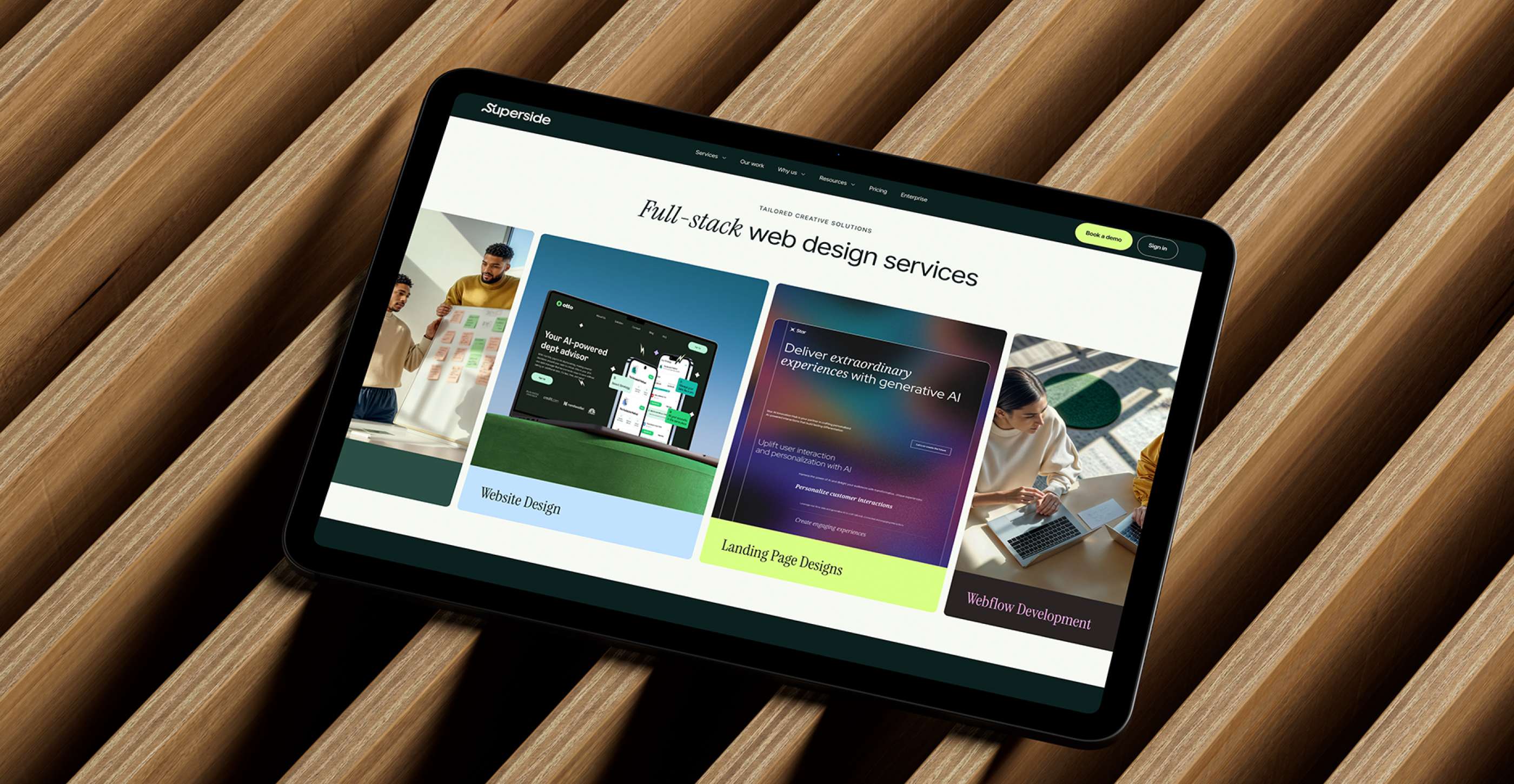
13 best marketing design services for enterprises in 2025
Marketing at the enterprise level isn’t simple—especially when brand consistency and global reach are at stake. Large-scale enterprises must be able to tap into streamlined marketing design services to ensure consistent brand messaging across all platforms.Fast-growing brands also need to deliver digital marketing campaigns that work globally and feel relevant locally. This level of adaptability demands a nuanced understanding of cultural differences and consumer behavior, which many traditional agencies struggle to deliver today.Partnering with a team of the world’s creative leaders undoubtedly guarantees the best results. This article shows you key considerations for selecting a first-rate marketing design partner and lists the world’s top marketing design services companies to help you find the best fit. Let's go!Key considerations for selecting a marketing design partnerChoosing a design partner is a big decision that will have lasting impact on your marketing success. Use this checklist to help you evaluate potential partners:
8 Creative Agency RFP Templates for Enterprise Teams
Creative agency requests for proposals (RFPs) are conversation starters—incredibly important icebreakers.Mid-market and enterprise teams issuing the requests are introducing their brands, key business challenges and expectations of their creative service partners. Conversely, prospective partners use this information to pull together their responses.It’s a high-stakes, high-effort process for everyone. Communication breakdowns mean neither side gets what they need. More than ⅓ of brands get incomplete or inaccurate responses to their creative service RFPs.
